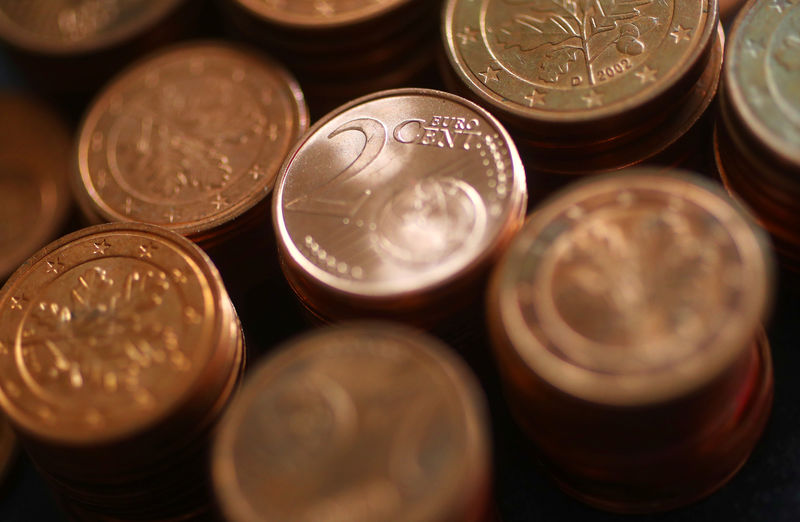Investing.com-- Most Asian currencies retreated on Monday as the dollar rebounded after a blowout nonfarm payrolls report saw fears of high for longer interest rates creep back into markets.
The dollar also benefited from a drop in the euro, which hit a one-month low amid political uncertainty after the results of the European Union elections showed a broad swing towards right-wing parties.
French President Emmanuel Macron called for snap legislative elections later in June after his party was beaten by Marine Le Pen’s far-right party in the EU vote.
Regional trading volumes were limited on account of market holidays in China, Hong Kong and Australia.
Dollar strong with Fed meeting, CPI data on tap
The dollar index and dollar index futures advanced in Asian trade on Monday, extending strong gains from Friday after a strong nonfarm payrolls report.
The reading saw traders sharply scale back expectations for a rate cut in September.
The payrolls data just came days before a Federal Reserve meeting this week, where the central bank is widely expected to keep rates on hold. But any signals on future rate decisions will be closely watched.
Also on tap this week is key consumer price index inflation data, due on Wednesday. The reading is expected to show inflation remaining well above the Fed’s 2% annual target.
Uncertainty over the Fed meeting and interest rates battered most Asian currencies.
Japanese yen weakens despite GDP improvement
The Japanese yen weakened on Monday, with the USDJPY pair rising 0.3% and breaking past the 157 level once again.
Weakness in the yen came even as gross domestic product data showed Japan’s economy shrank slightly less than expected in the first quarter.
But the economy still remained squarely in contraction.
The GDP data came just before a Bank of Japan meeting later this week, where the central bank is expected to begin tightening policy by reducing its asset purchases.
But just how much the BOJ can tighten policy remains uncertain, given that the economy remains weak.
Other Asian currencies weakened. The South Korean won’s USDKRW pair was flat, while the Singapore dollar’s USDSGD pair rose 0.2%.
The Indian rupee’s USDINR pair was flat around the mid-83 level, but remained in sight of a record high after a sharp drop last week.
The Australian dollar’s AUDUSD pair rose 0.1% in holiday-thinned trade, while the Chinese yuan’s USDCNH pair rose 0.1%.
